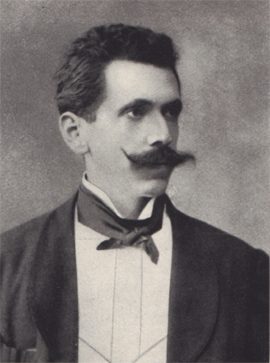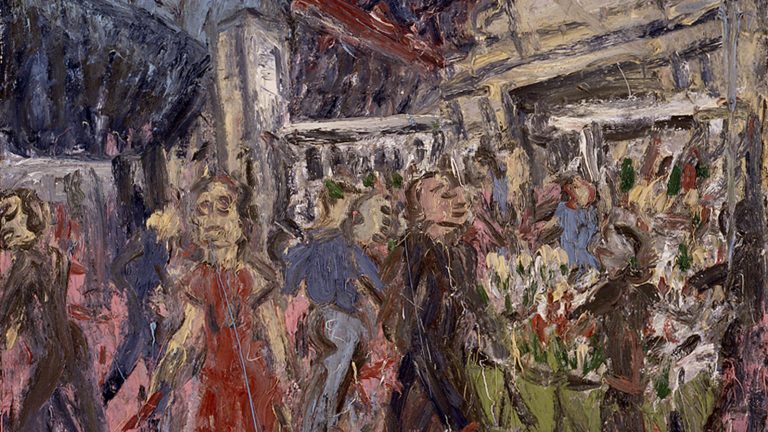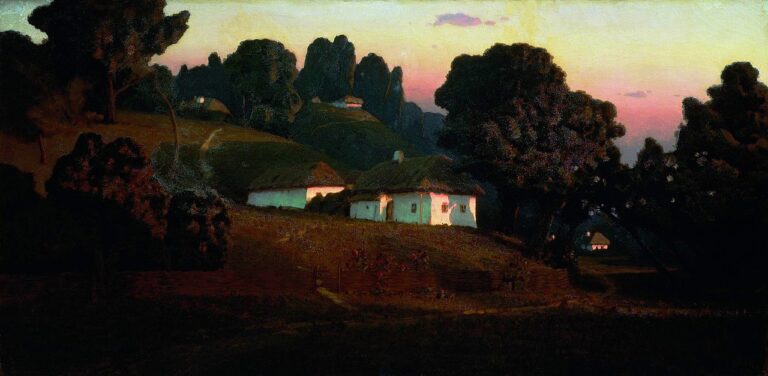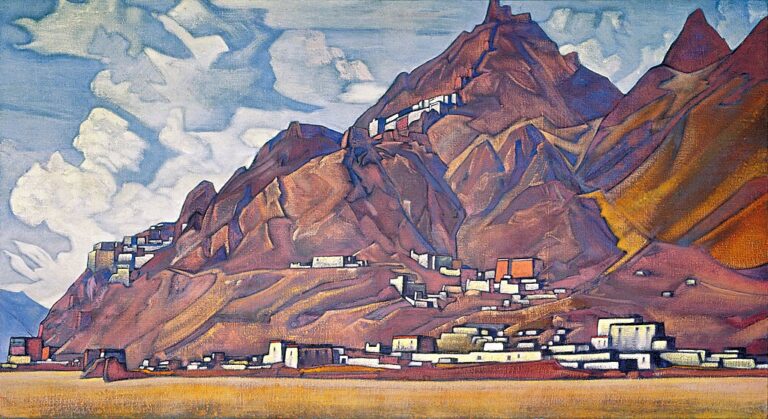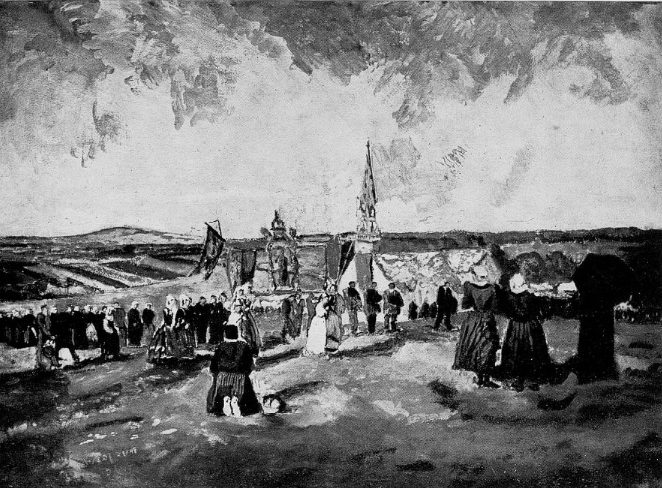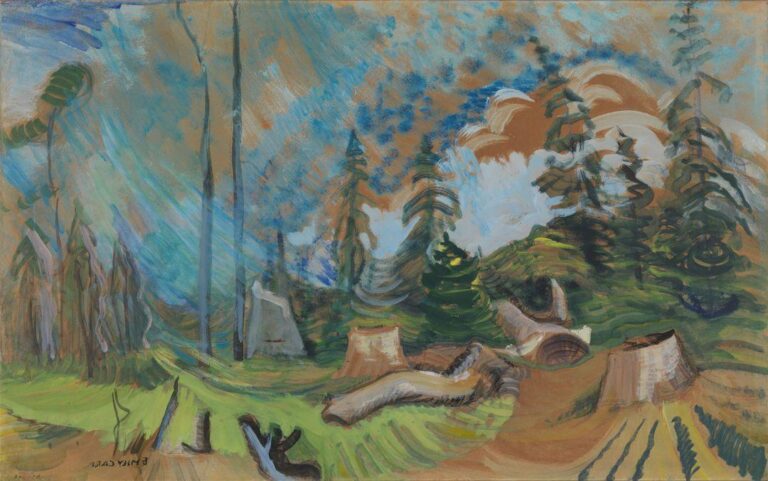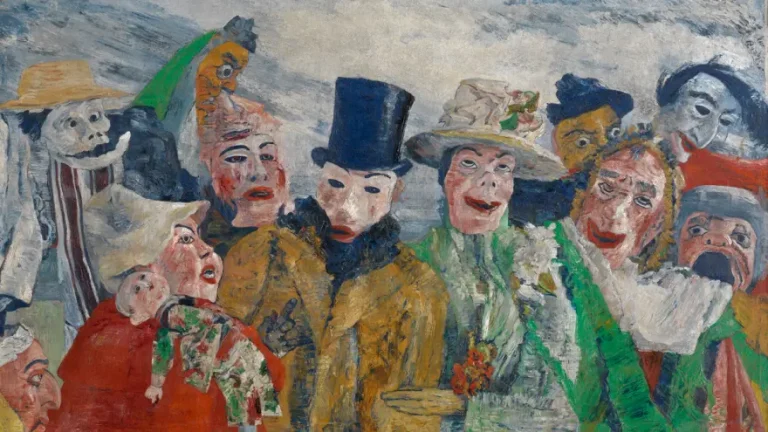Otto Eckmann Painter: Pioneering Art Nouveau Designer and Typographer
Born: 19 November 1865, Hamburg, Germany
Death: 11 June 1902, Badenweiler, Germany
Art Movement: Art Nouveau, Arts and Crafts, Jugendstil
Nationality: German
Institution: Kunstgewerbeschule, Hamburg and Nuremberg
Otto Eckmann Painter: Pioneering Art Nouveau Designer and Typographer
Life and Career of Otto Eckmann
Otto Eckmann was a German painter and graphic artist. He made significant contributions to the Art Nouveau movement. His life was marked by artistic evolution and a shift from painting to applied design.
Early Years and Education
Otto Eckmann was born in Hamburg, Germany in 1865. He began his artistic journey at the Kunstgewerbeschule in Hamburg, where he gained foundational skills. Eckmann then furthered his education at the Kunstgewerbeschule in Nuremberg.
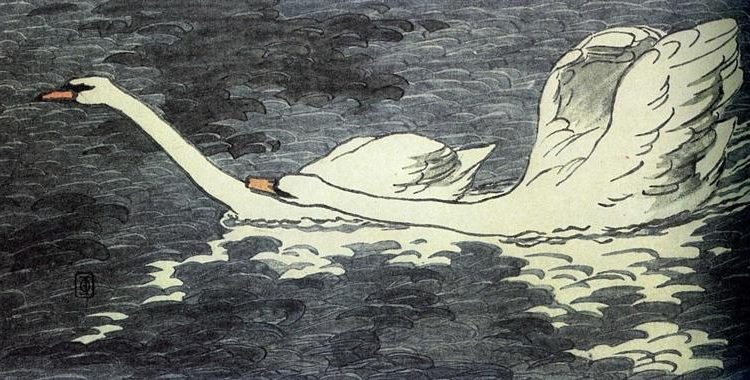
Farbiger Holzschnitt Zwei Schwäne (1902)
His final academic stop was the academy in Munich. This city played a key role in shaping his early career as a painter. Munich’s vibrant art scene exposed Eckmann to various styles and techniques.
Professional Path and Artistic Development
In 1894, Eckmann made a bold career move. He gave up painting and sold his existing works. This decision marked his shift towards applied design and graphic arts.
Eckmann’s new focus led him to create graphics for important magazines:
- Pan (1895)
- Jugend (1896)
These publications helped spread the Jugendstil (Art Nouveau) style in Germany. Eckmann’s work caught the eye of art lovers and fellow artists.
His style was influenced by Japanese calligraphy. This impact showed in his flowing, organic designs. Eckmann’s work became a key part of the German Art Nouveau movement.
Health Issues and Demise
Sadly, Eckmann’s promising career was cut short. He faced health problems in his later years. Tuberculosis, a serious lung disease, affected his ability to work.

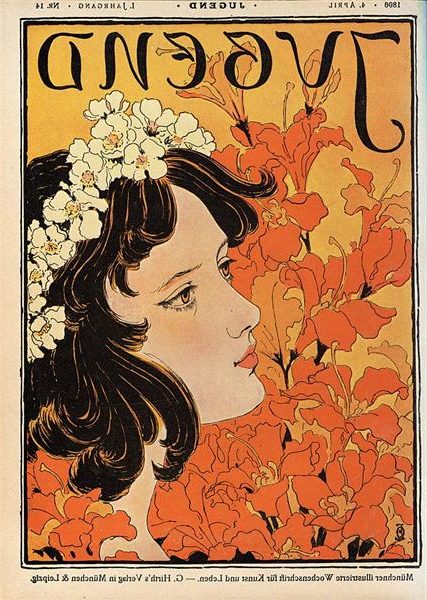
Eckmann moved to Badenweiler, hoping the change would improve his health. Despite this effort, he passed away on June 11, 1902. He was only 36 years old.
His early death was a loss to the art world. Yet, in his short life, Eckmann left a lasting mark on German graphic design and the Art Nouveau movement.
Otto Eckmann’s Contribution to Art and Design
Otto Eckmann made big impacts in typography, graphic design, and the Art Nouveau movement. His work shaped fonts, book covers, and logos that are still known today.
Influence on Typography and Font Design
Eckmann created a new typeface called Eckmann. It was based on Japanese writing. The font had curved lines and a nature-inspired look. It became very popular for Art Nouveau designs.


Another font he made was Fette Eckmann. This one was thicker and bolder. Both fonts were different from the usual German styles of the time. They helped bring a fresh, modern feel to printed materials.
Eckmann’s fonts mixed old and new ideas. They had some medieval touches but also felt very current. This mix made them stand out and influenced other designers.
Graphic and Applied Artwork
Eckmann didn’t just make fonts. He also created many other types of art. He designed book covers for big publishers like Cotta, Diederichs, Scherl, and Seemann.
His work appeared in important magazines too. He made graphics for Pan and Jugend. These magazines helped spread new art styles to many people.
Eckmann even designed logos. One of his most famous was for S. Fischer Verlag, a publishing house. His logo designs were simple but striking. They often used nature themes and flowing lines.
Integration with Art Nouveau and Jugendstil
Eckmann was a key figure in the German version of Art Nouveau, called Jugendstil. His style mixed nature, symbols, and abstract shapes. This fit perfectly with Art Nouveau ideas.
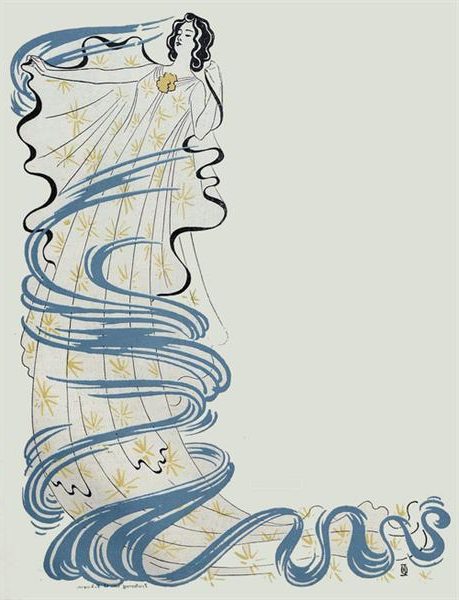

He used curvy lines and plant-like forms in his designs. These showed up in his fonts, graphic work, and even furniture designs. His style helped define the look of Jugendstil.
Eckmann’s work bridged fine art and everyday objects. He made ornamental paintings but also practical things like book covers. This mix of art and design was a core idea of Art Nouveau.
Legacy and Impact on the Arts
Otto Eckmann left a lasting mark on German art and design. His work influenced many artists and continues to be admired today.
Associations and Collaborations
Eckmann worked with important magazines of his time. He made art for Pan and Jugend. These magazines helped spread his ideas. Jugend had about 20,000 readers each week. This gave Eckmann’s work wide exposure.
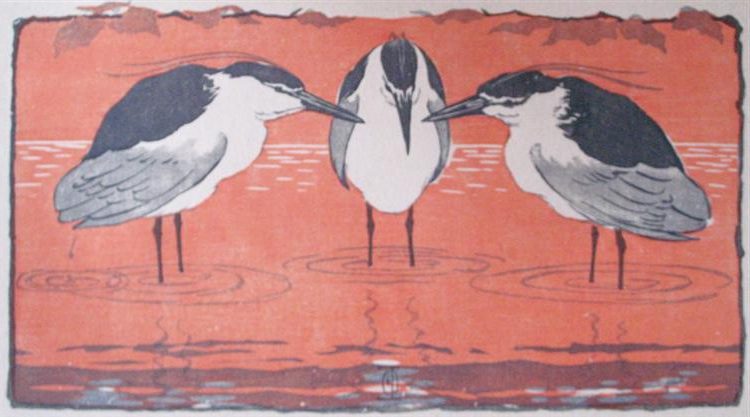
Night Herons (1896) by Otto Eckmann
He also worked with Peter Behrens. Together, they shaped the look of AEG, a big electric company. Eckmann designed logos and ads for AEG. This work helped create modern graphic design.
Eckmann was part of the Arts and Crafts Movement. This group wanted to make beautiful, handmade things. His art fit well with their ideas.
Public Collections and Recognition
Many museums have Eckmann’s art. His paintings, woodcuts, and designs are in top art collections. People can see his work in person or online through Wikimedia Commons.
Eckmann’s “Five Swans” is one of his most famous pieces. It shows his skill with nature themes. Museums often display this work.
His typefaces are still used today. Designers like them for their unique, flowing style. This keeps Eckmann’s ideas alive in modern design.
Representation in Modern Media
Books and articles still talk about Eckmann’s art. They show his paintings like “Waldteich” and his magazine covers for Jugend.

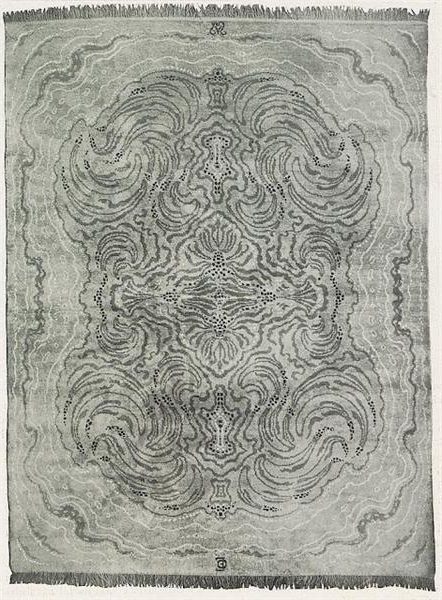
Art historians study Eckmann’s style. They compare him to other artists like Lovis Corinth. This helps people understand art from his time.
Eckmann’s work appears in design books. Students learn about his impact on Art Nouveau. His mix of nature and design still inspires artists today.
Frequently Asked Questions
Otto Eckmann made important contributions to German art in the late 1800s. His work shaped the Jugendstil movement and influenced graphic design.
What significant contributions did Otto Eckmann make to the Jugendstil movement?
Otto Eckmann was a key figure in the floral branch of Jugendstil. He created designs for magazines like Pan and Jugend that reached many readers.
His style used flowing lines and plant motifs. This helped define the look of German Art Nouveau.
How did Otto Eckmann’s style evolve throughout his career?
Eckmann started as a painter. In 1894, he switched to focus on applied design and graphics.
He drew inspiration from Japanese art. This shows in his later work, which has simple lines and nature themes.
What are some of Otto Eckmann’s most notable works of art?
Eckmann designed the Eckmann typeface. It was based on Japanese writing and became very popular.
He also made graphics for major magazines. His embroidery designs were well-known too.
In what ways did Otto Eckmann influence the art world during his lifetime?
Eckmann helped bring Art Nouveau ideas to Germany. His work in magazines spread the new style to many people.
He showed how art could be both beautiful and useful. This idea was important in the Arts and Crafts movement.
How is Otto Eckmann’s work distinguishable from his contemporaries?
Eckmann’s designs have a light, flowing quality. They often use plant shapes and curved lines.
His work combines German and Japanese influences. This mix gives his art a unique look.
What impact did Otto Eckmann have on future generations of artists?
Eckmann’s typeface inspired later designers. His style influenced how people thought about combining art and everyday objects.
His work helped shape modern graphic design. The ideas he spread are still seen in art and design today.


